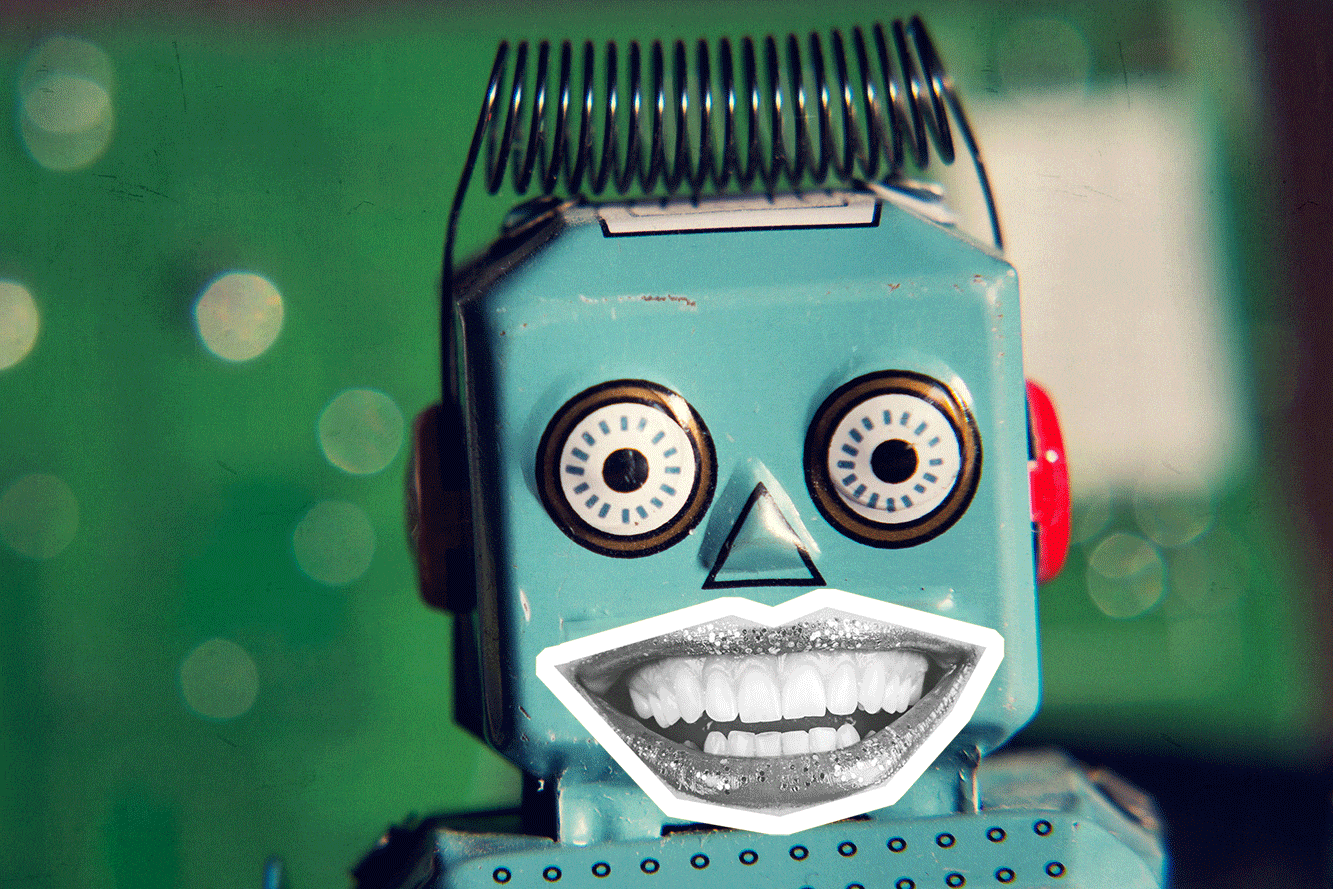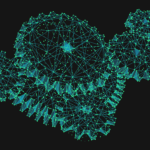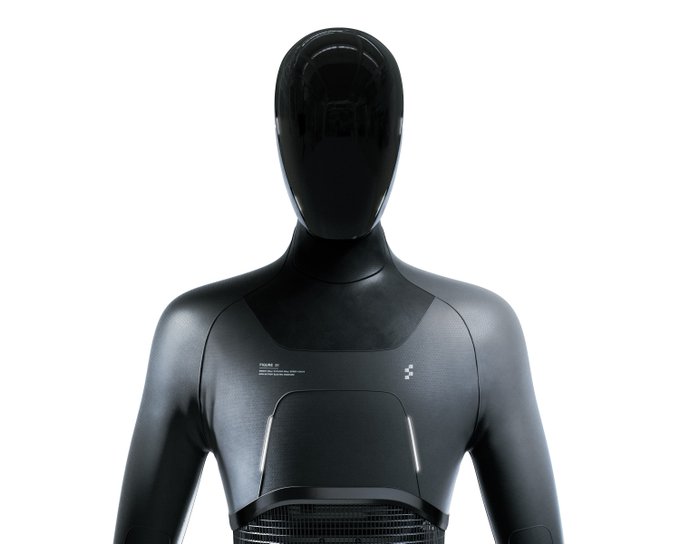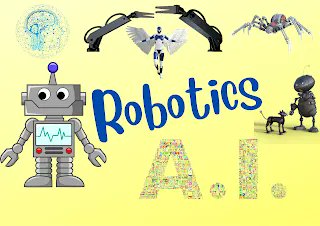As humans work to become less socially robotic these days, robots are becoming more human-like.
With recent advancements, robots could be shifting shapes, helping manage your emotions and much more. Have a look.
Emotional interaction
Japanese researchers from the RIKEN Guardian Robot Project have created Nikola, an android kid capable of communicating six basic emotions – anger, disgust, fear, happiness, sadness and surprise. Three studies published in February in the journal Frontiers in Psychology demonstrated the robot’s potential to portray human-like emotional facial expressions, an industry first for androids. The bot boy’s face has 29 devices (pneumatic actuators) that control artificial muscle movement through air pressure allowing it to move like the real muscles in a human face. Another set of the actuators control the head and eyeballs. Nikola was taught to mimic facial expressions like dropping his jaw, raising an eyebrow or wrinkling his nose in disgust, and he expresses them seemingly on command. Researchers can control Nikola’s movements using a coding system called the Facial Action Coding System (FACS). The goal – once Nikola has a body – is to assist people, particularly those with physical needs living alone, researchers noted. For now, he’s just a creepy-looking silicon head.
Mots-clés : cybersécurité, sécurité informatique, protection des données, menaces cybernétiques, veille cyber, analyse de vulnérabilités, sécurité des réseaux, cyberattaques, conformité RGPD, NIS2, DORA, PCIDSS, DEVSECOPS, eSANTE, intelligence artificielle, IA en cybersécurité, apprentissage automatique, deep learning, algorithmes de sécurité, détection des anomalies, systèmes intelligents, automatisation de la sécurité, IA pour la prévention des cyberattaques.






